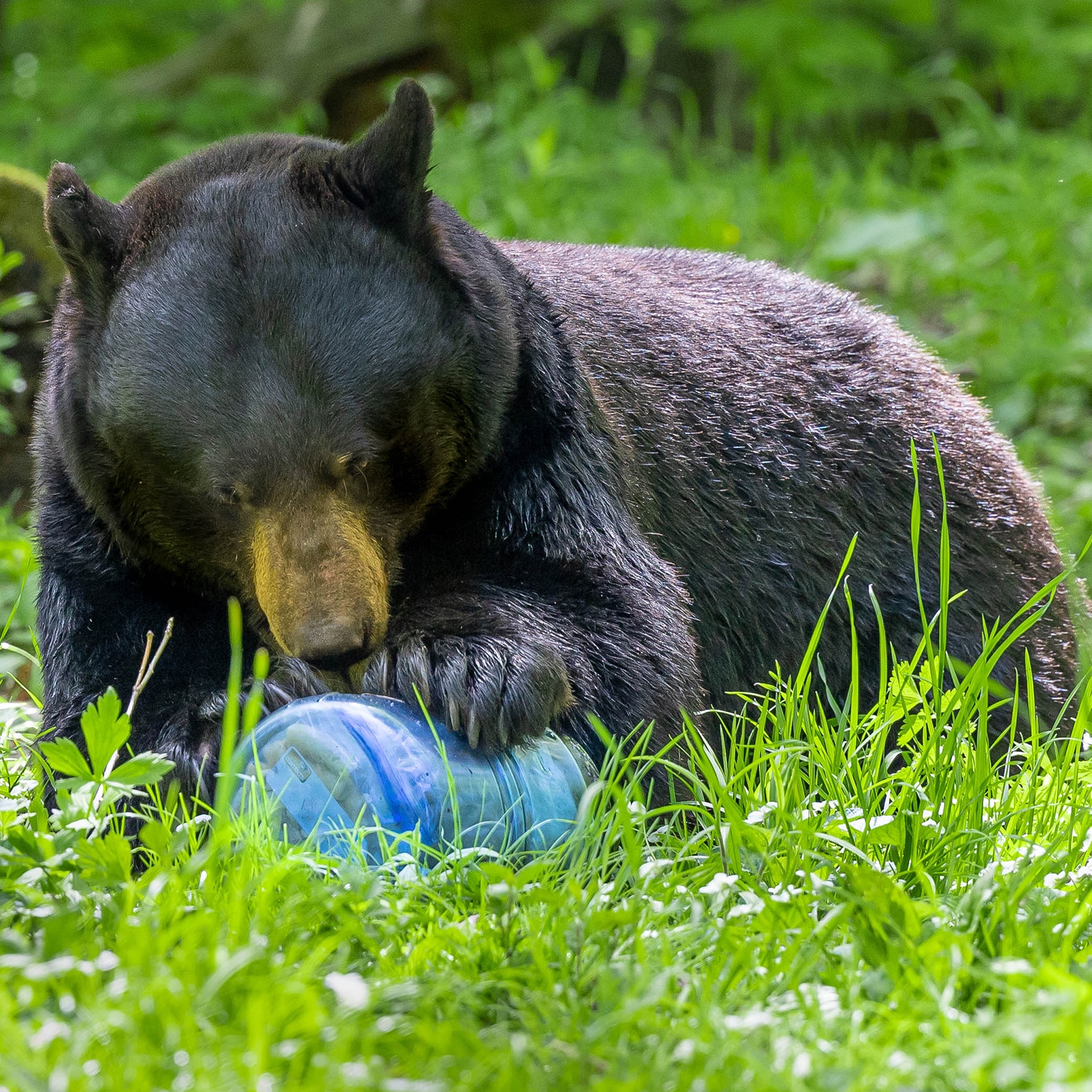
Do Bear Canisters Work?
- Miranda Webster

Years ago, when I was working in the camping department at an outdoors store, I heard a customer refer to bear canisters as “expensive Tupperware.” I did a full halt, spun on my heels, and politely but insistently interrupted and proceeded to tell a very flowery love story about the glory of bear canisters and why this person was wrong.
I don’t think I convinced them to buy a bear canister, but at this point in my backpacking journey I had only recently learned to use and subsequently fallen in love with my bear canister and I was telling everyone I knew to get one.

I’ve often described my bear canister as my safety blanket, the piece of gear that I won’t leave home without simply because I trust it so much to make my trip easier, safer, and happier – and something that takes on a much bigger role than the leftovers container storing soup in the fridge. How could someone not appreciate the crucial purpose of a bear canister?!
As it turns out, a huge part of appreciating my bear canister has come from understanding how – and how well – it works. Bear canisters are the most effective method for preventing bears and other animals from accessing your food. Seriously, that’s not an exaggeration; no other method is approved for as many parks and as many animals around the country.
Unlike cars, trash cans, plastic bags, and counterbalance methods, bear canisters are certified to withstand the hungriest and most persistent of bears.
BearVault canisters work by being virtually impossible for bears to open. If this doesn’t sound that impressive to you, go watch some videos of clever bears opening car doors and getting into trash cans. Bears – and racoons, burros, marmots, and other wild animals – will do anything to access human food, and this includes learning to pry open the door of your Subaru.

They go through testing at the Grizzly and Wolf Wildlife center, where bears are given an hour to break into the canister in question. It’s pretty incredible; you can actually watch bears play hackysack with your BearVault and still unsuccessfully get to the Snickers bar you stashed for later! Fun fact: BearVault’s designs withstood 48 hours of bear contact between two different bears before the team decided the still intact canister had passed the test.
This isn’t just about protecting your food. Don’t get me wrong – having a bear destroy days’ worth of meals is devastating for a trip – but there’s also a large component of conservation and safety here. Wild animals who get a sweet taste of human food become obsessed, seeking the next fix wherever they can. Not only is the nutritional content of human food inappropriate for bears, but this search for good, easy, food can cause bears to lose their fear of humans over time.

You may have heard the saying “a fed bear is a dead bear” – and while this might sound extreme, it’s the truth. If bears become aggressive and fearless of humans, they are a risk to themselves and to us, and often are put down. Part of enjoying wild spaces is learning to share these ecosystems with wild animals. Recreating outdoors is playing in the living room of wild creatures, and it’s crucial that we consider how our practices impact the animals around us.
So how does a bear canister fit into this, and how do they actually work? Just like any other piece of outdoor equipment, the efficacy of a bear canister hinges on proper usage. When used correctly, both grizzly and black bears won’t be able to unscrew the lid and access your delicious human food. Bears are pretty insistent and relentless creatures, so store your canister away from cliffs, running water, or other tempting places for a disgruntled bear to chuck your food stash away for good.
The perfect canister storage spot is under a bush or wedged by a tree or boulder away from your camp. The edge of a canyon or next to raging rapids, not such a good spot.
While bear canisters are occasionally tested with something sweet rubbed on the outside, it’s best to avoid getting any smells on the exterior of the canister. I remember one especially tired evening at camp when I stupidly used the lid of my bear canister as a cutting board for vegetables.
It wasn’t until I was done chopping that it hit me what I’d done, and I cursed myself, wiped off the lid, and thanked the stars that the only animals out that night were raccoons. Don’t do as I did and use your bear canister for food prep, but do use it as a handy seat while you chow down on dinner.
Remember, a bear canister is so much more than a glorified plastic tub. These pieces of gear are meticulously designed to withstand the most persistent grizzlies and the most curious cubs. They are conservation tools and safety equipment, and like all stuff we take with us into the wild, they work best when used correctly.

For me, understanding how my bear canister works has only further solidified its place in my pack. Use your BearVault properly, store food correctly, and follow best practices of cleaning and caring for the canister, and you’ll have a food storage system that can outlast a multitude of animal encounters. For me, understanding how my bear canister works has only further solidified its place in my pack.
Use your BearVault properly, store food correctly, and follow best practices of cleaning and caring for the canister, and you’ll have a food storage system that can outlast a multitude of animal encounters.
Hot Tip: Some infamous park ranger is quoted saying, “There’s a large overlap between the smartest bear and the dumbest tourist,” and if you’ve ever tried to open a BearVault when it’s really, really cold, you may have felt the truth of this. Use a piece of a credit card wedged between the tabs and the stopper to make opening much smoother. No bears with credit cards have figured out this trick yet.


